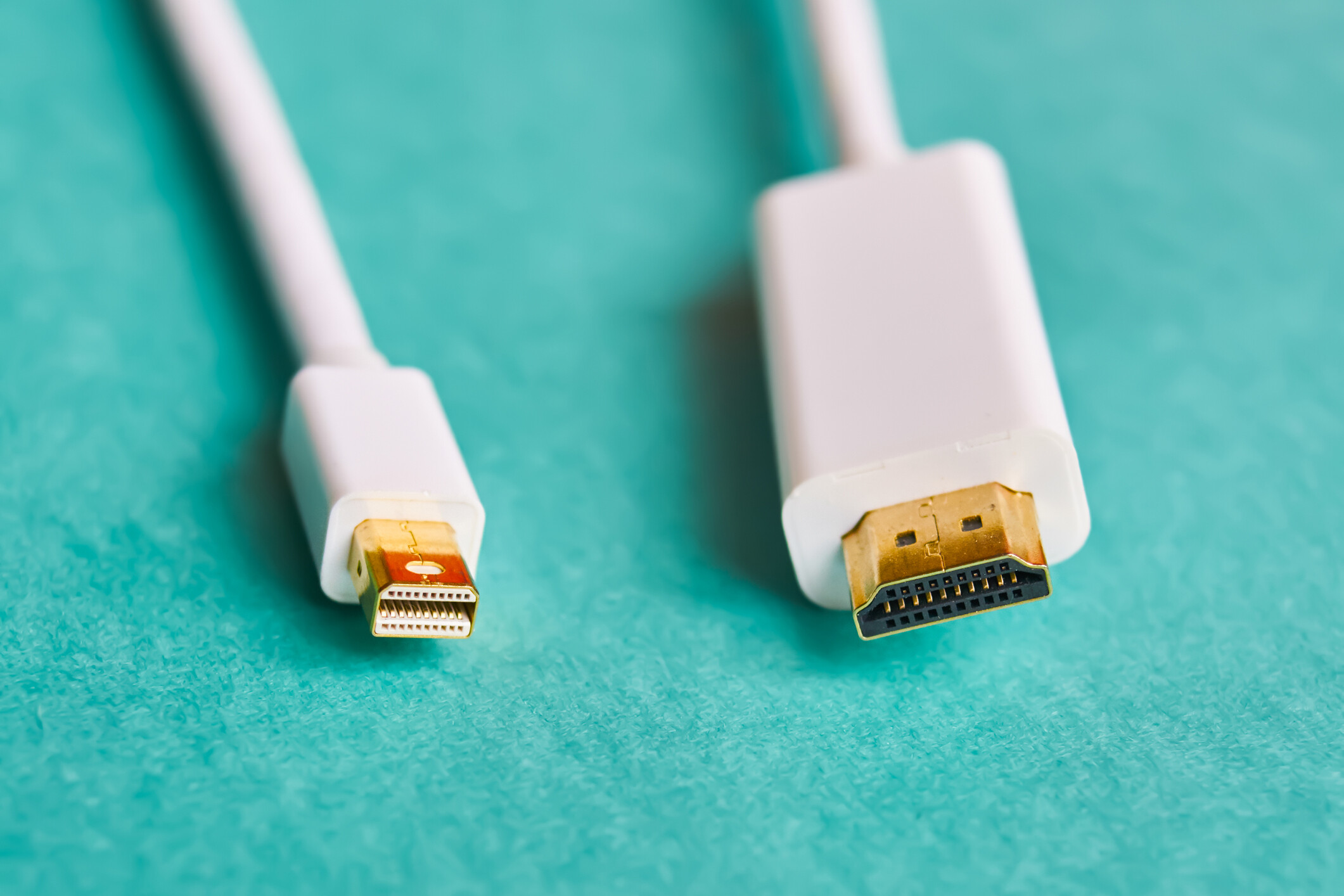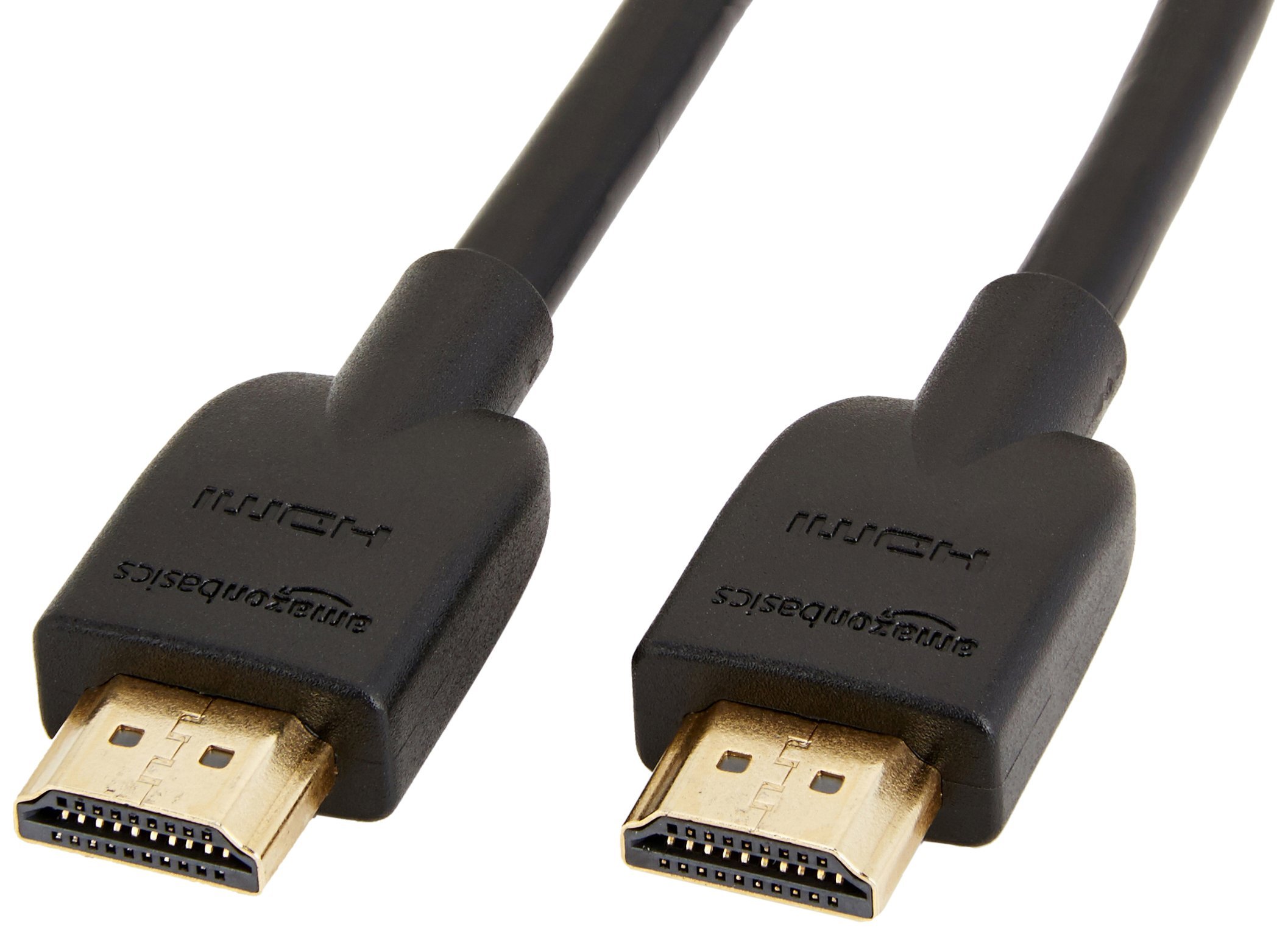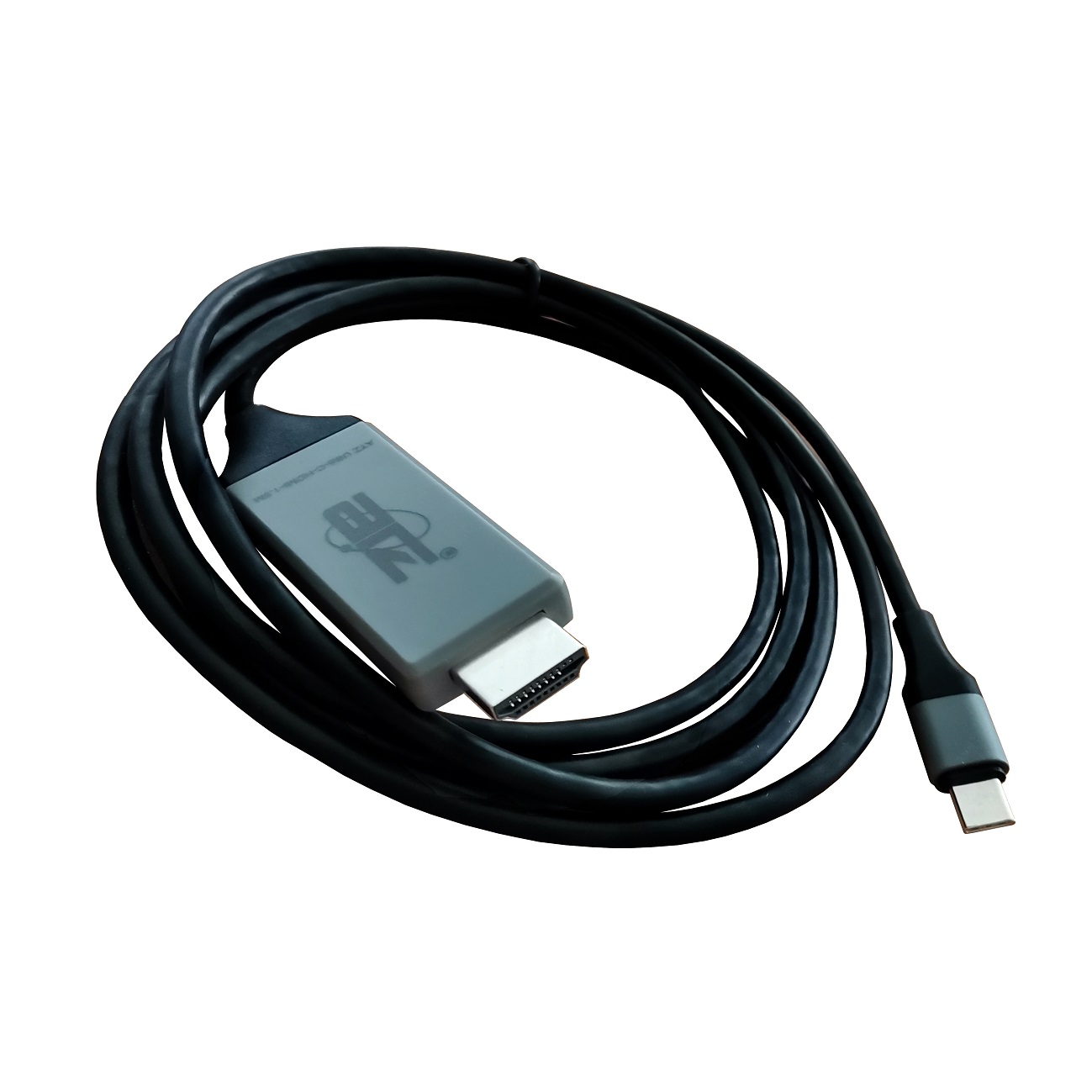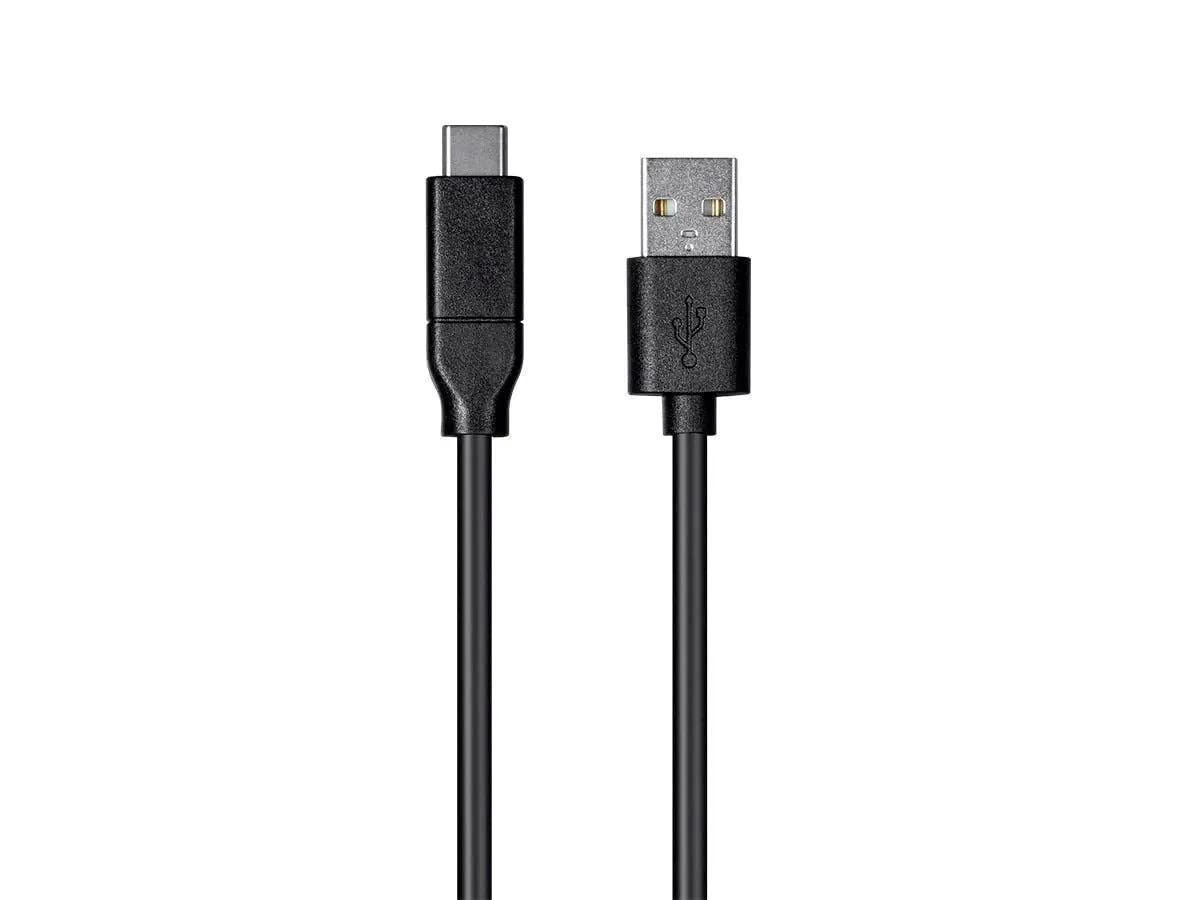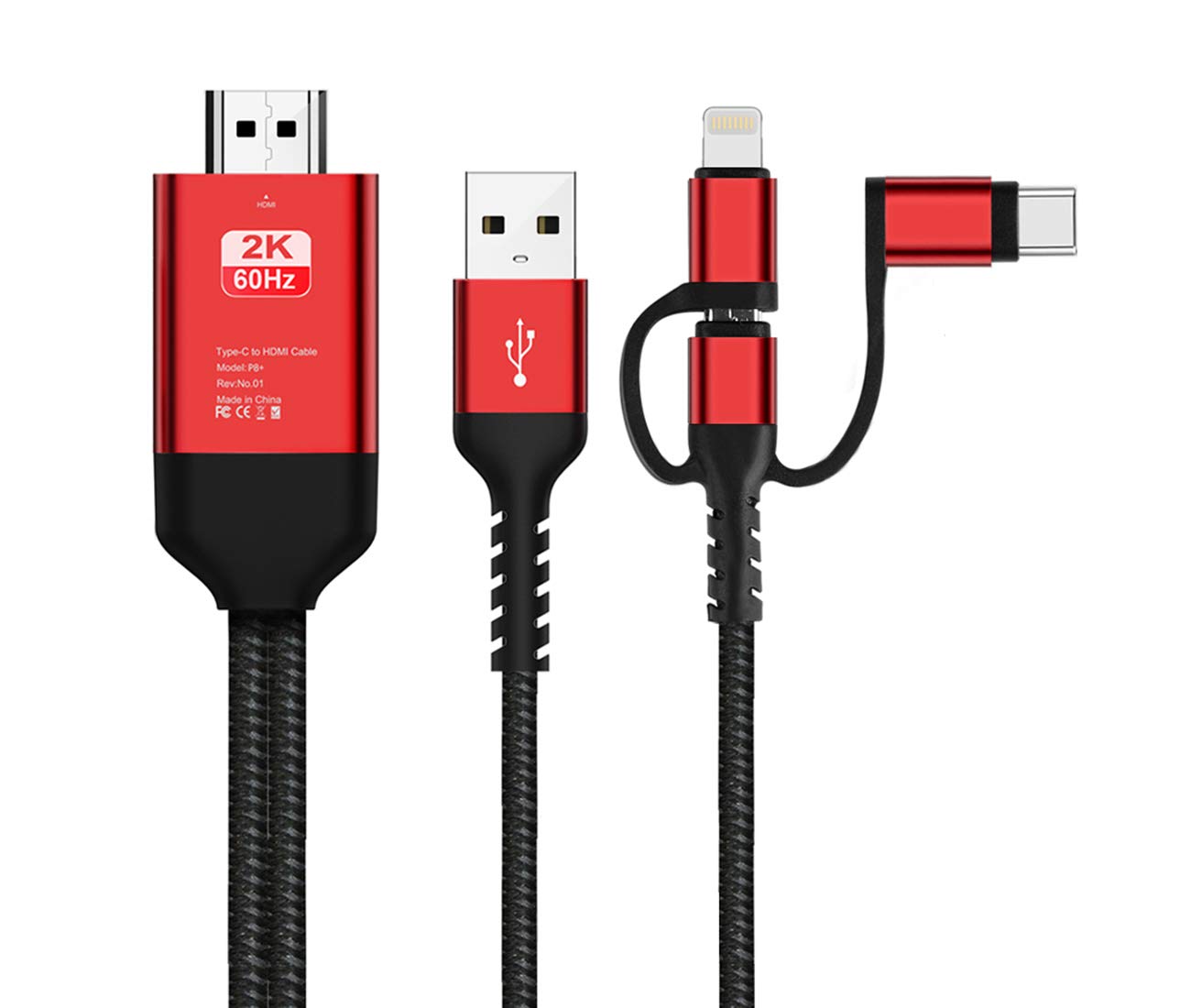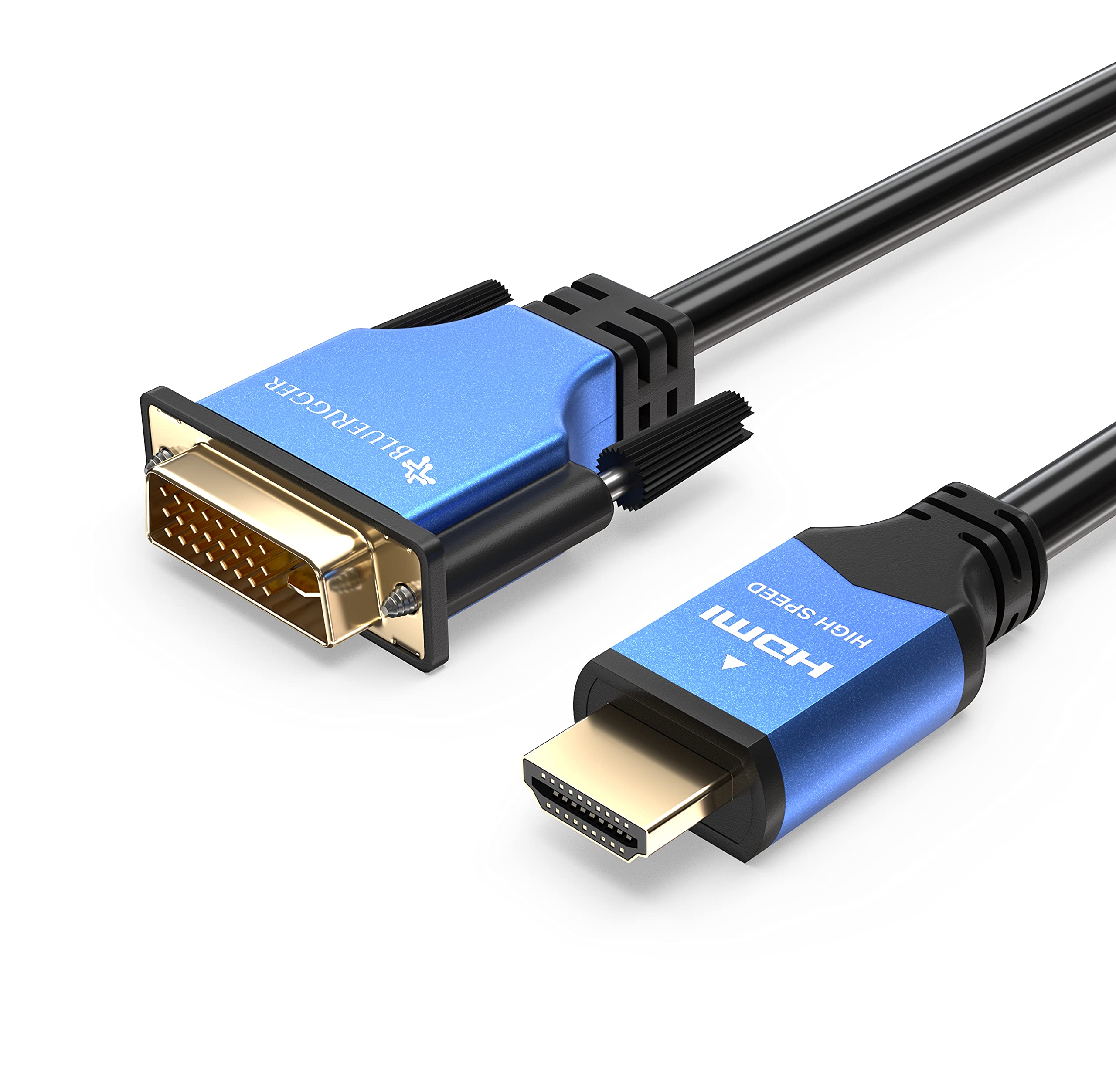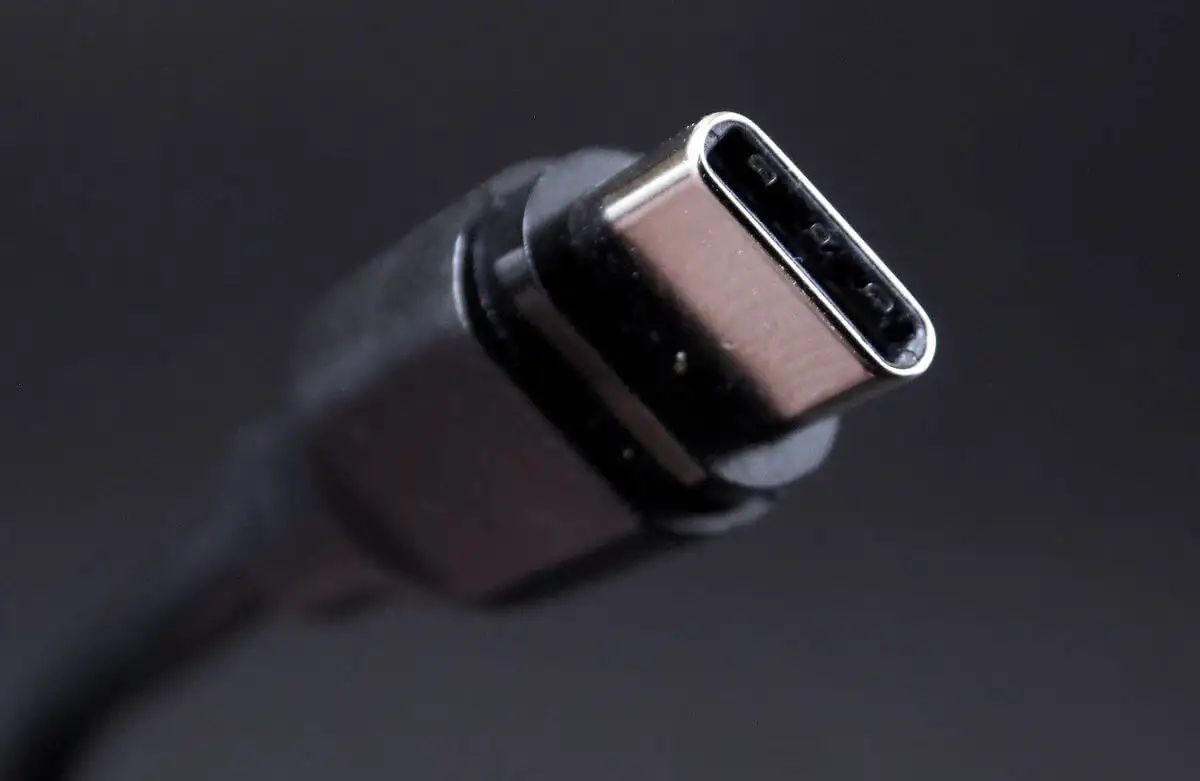Introduction
Welcome to the world of high-definition video and audio! If you’re someone who enjoys watching movies, playing video games, or streaming your favorite shows, you’ve probably come across the term HDMI cable. HDMI, which stands for High-Definition Multimedia Interface, has become the standard connection for transmitting high-quality audio and video signals between devices.
An HDMI cable is a vital component in the modern digital era, allowing seamless transmission of data from devices such as televisions, projectors, gaming consoles, and even smartphones. With HDMI technology, you can experience stunning visuals and immersive audio, bringing your entertainment to life.
In this article, we will explore the ins and outs of HDMI cables: what they are, how they work, and the different versions available in the market. We’ll also debunk common misconceptions surrounding HDMI cables to help you make informed decisions when it comes to purchasing one.
Whether you’re a tech enthusiast seeking to delve deeper into the world of HDMI or a casual user looking to understand the basics, this article will provide you with a comprehensive guide to the fascinating world of HDMI cables.
What is an HDMI Cable?
An HDMI cable is a digital cable that transmits high-definition audio and video signals between devices. It serves as the main connection between your audiovisual equipment, providing a seamless and efficient way to transfer data.
The acronym “HDMI” stands for High-Definition Multimedia Interface, and it has revolutionized the way we connect and experience audiovisual content. Unlike traditional analog cables, HDMI cables transmit digital signals, which results in a clearer and more accurate reproduction of images and sound.
HDMI cables are widely used in various devices, including televisions, projectors, Blu-ray players, gaming consoles, and computers. They have become the standard method for connecting different devices in the home entertainment setup.
One of the key advantages of HDMI cables is their ability to transmit both audio and video signals in a single cable. This eliminates the need for multiple cables and simplifies the overall setup. Additionally, HDMI cables can support various high-definition formats, including 720p, 1080p, and even 4K Ultra HD, ensuring a stunning visual experience.
Another notable feature of HDMI cables is their support for high-quality audio formats. They can transmit multi-channel surround sound, such as Dolby Digital and DTS, providing an immersive audio experience that complements the high-resolution visuals.
HDMI cables are available in different lengths to accommodate various setup configurations. Whether you need a short cable to connect your laptop to a TV or a longer one to span across a large room, there are options to suit your specific needs.
Overall, an HDMI cable is a crucial component in any modern audiovisual setup. Its ability to transmit high-definition audio and video signals, support multiple formats, and simplify the connection process makes it an indispensable tool for enjoying the best possible entertainment experience.
Anatomy of an HDMI Cable
To understand how an HDMI cable works, it’s important to have a basic understanding of its structure. The anatomy of an HDMI cable consists of several key components that work together to deliver high-quality audio and video signals.
1. Connectors: At each end of the HDMI cable, you’ll find connectors that allow you to plug the cable into your devices. The most common connector type is the HDMI Type A, also known as the Standard HDMI connector. It has 19 pins and is widely used in TVs, projectors, and other audiovisual equipment. Other connector types, such as HDMI Type C (Mini HDMI) and HDMI Type D (Micro HDMI), are used in smaller devices like cameras and smartphones.
2. Copper Wires: Inside the HDMI cable, you’ll find multiple copper wires that carry the electrical signals. These wires are organized into different groups, each responsible for transmitting specific types of data, such as video, audio, and control signals.
3. Shielding: Surrounding the copper wires, there is a layer of shielding that protects the data from electromagnetic interference. This shielding ensures that the audio and video signals remain clear and free from distortion, even when surrounded by other electronic devices.
4. Insulation: The copper wires and shielding are encased in a layer of insulation material, typically made of PVC or other durable materials. The insulation provides protection and helps keep the conductors in place, preventing any potential damage or interference.
5. High-Speed Data Channels: HDMI cables utilize several high-speed data channels to transmit audio and video signals over long distances. These channels are capable of handling large amounts of data, allowing for the transmission of high-resolution video and multichannel audio.
6. Audio Return Channel (ARC): Some HDMI cables have an additional feature called Audio Return Channel. This feature allows audio to be sent from the TV back to an audio receiver or soundbar through the HDMI cable, eliminating the need for a separate audio cable.
7. Ethernet Channel: HDMI cables with Ethernet support have an additional channel that enables devices to share an internet connection. This feature is particularly useful for devices that do not have built-in Wi-Fi capabilities.
Overall, the anatomy of an HDMI cable is designed to ensure a reliable and high-quality transmission of audio and video signals. By understanding the components and functionality of an HDMI cable, you can make informed decisions when selecting the right cable for your audiovisual setup.
How Does an HDMI Cable Transmit Video and Audio?
An HDMI cable uses a digital interface to transmit video and audio signals from one device to another. Unlike analog cables that use varying electrical voltages to convey information, HDMI cables transmit data in a digital format, using a series of ones and zeros.
When you connect an HDMI cable between two devices, such as a Blu-ray player and a television, the following process occurs:
1. Data Encoding: The source device (e.g., Blu-ray player) converts the analog audio and video signals into digital information. This digital data is encoded and organized into a specific format that is compatible with HDMI transmission.
2. Data Transmission: The encoded digital data is then sent through the HDMI cable via the copper wires. The HDMI cable utilizes multiple data channels to transmit the data simultaneously, allowing for fast and efficient communication.
3. Data Decoding: The receiving device (e.g., TV) receives the digital data through the HDMI cable and decodes it. The decoding process reverses the encoding process, converting the digital data back into analog signals that can be displayed as video and played as audio.
4. Signal Quality: HDMI cables are designed to maintain the integrity of the audio and video signals during transmission. The shielding surrounding the copper wires helps protect against external interference, ensuring that the received signals are free from distortions or disturbances.
5. Audio and Video Outputs: Once the receiving device decodes the digital data, it sends the analog audio and video signals to the appropriate outputs for display and playback. The result is a high-definition audiovisual experience with rich colors, sharp images, and immersive sound.
It’s important to note that the quality of the HDMI cable and the devices themselves can affect the overall audio and video performance. While all HDMI cables can transmit the same digital data, higher-quality cables are built with better construction and materials, which can lead to improved signal transmission and reduced signal loss.
In addition, the version of the HDMI cable and the HDMI ports on your devices can also impact the capabilities and features supported. It’s recommended to use the latest HDMI version supported by your devices to ensure compatibility and take advantage of advanced features, such as higher resolutions and refresh rates.
Understanding how an HDMI cable transmits video and audio signals can help you optimize your audiovisual setup and make informed decisions when it comes to selecting the right cable for your needs.
Understanding HDMI Cable Versions
HDMI cables come in different versions, each with its own set of capabilities and features. Understanding the different versions can help you choose the right HDMI cable for your specific requirements. Here are the most common HDMI cable versions:
1. HDMI 1.0 – HDMI 1.2: These early versions of HDMI supported video resolutions up to 1080p and audio formats such as stereo and Dolby Digital. They had a maximum data transfer rate of 4.95 gigabits per second (Gbps).
2. HDMI 1.3 – HDMI 1.4: HDMI 1.3 introduced significant improvements, supporting higher resolutions like 1440p and 1600p, as well as Deep Color (more color shades) and xvYCC color space. HDMI 1.4 added support for 3D content, Ethernet connectivity, and Audio Return Channel (ARC).
3. HDMI 2.0: HDMI 2.0 increased the maximum data transfer rate to 18 Gbps, enabling 4K Ultra HD video at 60 frames per second (fps) and support for up to 32 audio channels. It also introduced support for dynamic metadata with High Dynamic Range (HDR) and the Consumer Electronics Control (CEC) feature.
4. HDMI 2.1: The latest version, HDMI 2.1, supports even higher video resolutions and refresh rates, including 8K at 60fps and 4K at 120fps. It also introduces Variable Refresh Rate (VRR), Quick Media Switching (QMS), and Enhanced Audio Return Channel (eARC) for improved audio performance.
When selecting an HDMI cable, it’s essential to ensure compatibility with your devices. For lower-resolution setups, such as 1080p, HDMI 1.4 cables or higher are sufficient. However, for 4K or 8K setups, you’ll need HDMI 2.0 or 2.1 cables to take full advantage of the higher resolutions and features.
It’s important to note that while newer HDMI versions offer additional features and higher capabilities, older HDMI cables can still work with newer devices. However, you may not be able to utilize the full potential of the advanced features supported by the latest HDMI versions.
When purchasing HDMI cables, it’s recommended to opt for high-quality cables that comply with the latest HDMI specifications. These cables are constructed with better materials and insulation, ensuring better signal transmission and longevity.
Understanding the different HDMI cable versions and their capabilities will help you make informed decisions when it comes to connecting your devices and enjoying the best possible audiovisual experience.
Factors to Consider When Buying an HDMI Cable
When it comes to buying an HDMI cable, there are certain factors you should consider to ensure that you choose the right cable for your specific needs. Here are some key factors to keep in mind:
1. Version Compatibility: Determine the HDMI version supported by your devices. If you have a 4K TV or other high-resolution devices, you’ll need HDMI 2.0 or 2.1 cables to achieve the best performance. For lower-resolution setups, HDMI 1.4 cables may be sufficient.
2. Cable Length: Measure the distance between your devices to determine the required cable length. Avoid buying excessively long cables, as longer lengths can result in signal degradation. On the other hand, ensure that the cable is long enough to reach your devices comfortably.
3. Build Quality: Look for high-quality cables that are well-constructed with durable materials. Quality cables often have better insulation and shielding, which helps minimize signal interference and ensures reliable performance.
4. Bandwidth and Data Transfer Rate: Consider the maximum bandwidth and data transfer rate supported by the cable. Higher bandwidth and data transfer rates, such as 18 Gbps for HDMI 2.0 cables, allow for smoother transmission of high-resolution video and audio signals.
5. Additional Features: Determine if you require any specific features, such as Ethernet connectivity, Audio Return Channel (ARC), or support for HDR and 3D content. Ensure that the HDMI cable you choose supports these features if needed.
6. Price: HDMI cables come in various price ranges, from budget options to high-end cables. While it’s tempting to opt for the cheapest cable available, keep in mind that quality can play a role in performance and longevity. Consider striking a balance between affordability and quality, choosing a cable that meets your requirements without breaking the bank.
7. Reviews and Recommendations: Before making a purchase, read reviews and seek recommendations from trusted sources or fellow tech enthusiasts. These insights can help you gauge the performance and reliability of different HDMI cables and make an informed decision.
Remember, while higher-priced HDMI cables may provide additional features and improved build quality, they are not always necessary for every setup. Consider your specific needs and choose a cable that offers the right balance of affordability and performance.
By considering these factors when buying an HDMI cable, you can ensure that you make an informed decision and select a cable that meets the requirements of your audiovisual setup.
Common Myths About HDMI Cables
When it comes to HDMI cables, there are several myths and misconceptions that often circulate among consumers. Let’s debunk some of the most common myths and shed light on the truth:
1. Myth: Expensive HDMI cables provide better picture and sound quality. Truth: The price of an HDMI cable does not necessarily correlate with its performance. As long as the cable meets the required specifications for your devices, it will transmit the same audio and video signals, regardless of its price.
2. Myth: Gold-plated connectors improve performance. Truth: While gold plating does offer corrosion resistance, it does not impact the signal quality or enhance the performance of an HDMI cable. The important factors for a good connection are the cable’s build quality and insulation.
3. Myth: HDMI cables need to be replaced frequently. Truth: HDMI cables are designed to be durable and long-lasting. Unless damaged or worn out, there is no need to replace them regularly. Upgrading your HDMI cable may be necessary only if you want to take advantage of new features or higher resolutions supported by newer cable versions.
4. Myth: All HDMI cables are the same. Truth: While all HDMI cables transmit digital signals, there can be differences in build quality, shielding, and data transfer rates. Higher-quality cables may offer better insulation and shielding, resulting in improved signal transmission and reduced signal loss.
5. Myth: Longer HDMI cables result in signal degradation. Truth: While longer HDMI cables can potentially result in signal loss, it is generally not noticeable in cable lengths commonly used in home entertainment setups. High-quality cables with proper shielding can effectively transmit signals over longer distances without significant degradation.
6. Myth: HDMI cables require expensive accessories or special setup. Truth: HDMI cables are designed to be plug-and-play, requiring no additional accessories or complex setup. Simply connect the cables to your devices, and they will transmit audio and video signals seamlessly.
7. Myth: Upgrading to a higher-quality HDMI cable will improve existing equipment’s performance. Truth: While a high-quality HDMI cable can help maintain signal integrity, upgrading the cable alone will not magically improve the performance of your existing devices. The cable’s quality is just one aspect that contributes to the overall audiovisual experience.
It’s important to separate fact from fiction when it comes to HDMI cables. Understanding the truth behind these common myths will empower you to make informed decisions without falling prey to misleading information or unnecessary expenses.
Conclusion
HDMI cables have revolutionized the way we connect and experience audiovisual content. These digital cables transmit high-definition video and audio signals, providing a seamless and efficient connection between devices.
Throughout this article, we’ve explored the intricacies of HDMI cables, including their anatomy, how they transmit audio and video signals, different versions available, and factors to consider when purchasing one.
We’ve also debunked common myths surrounding HDMI cables, clarifying misconceptions about price, performance, durability, and other aspects. Remember, it’s essential to choose an HDMI cable that meets the specifications of your devices, fits the required cable length, and offers the necessary features without breaking the bank.
Whether you’re setting up a home theater system, connecting gaming consoles, or simply enjoying the latest movies and shows in high definition, HDMI cables play a crucial role in delivering the best audiovisual experience.
As technology continues to evolve, so too will HDMI cables. It’s important to stay informed about the latest HDMI versions and features to make the most of your audiovisual setup.
So, whether you’re streaming your favorite series, engaging in high-intensity gaming sessions, or immersing yourself in the latest blockbuster, an HDMI cable will ensure that you enjoy stunning visuals and immersive sound without any compromise.
Make informed choices, select the right HDMI cable for your needs, and get ready to elevate your audiovisual experience to a whole new level.







